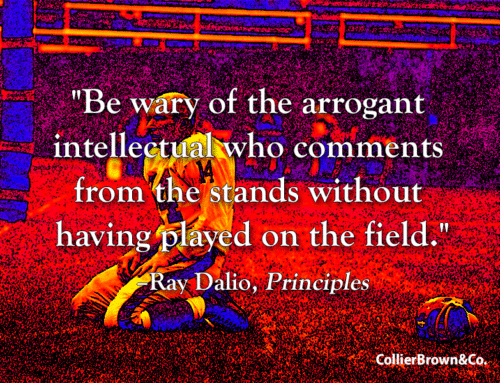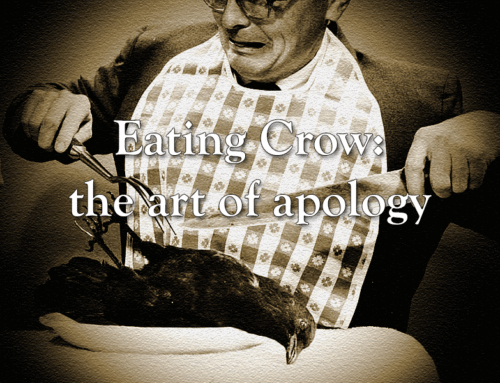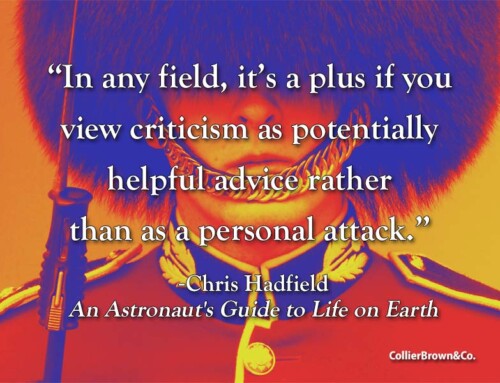We all need to get away sometimes. “Away” doesn’t have to be somewhere exotic, or some place that involves boarding passes or long car trips. Not even a weekend getaway. Just a respite; a brief time out from the day-to-day routine that provides a recharge, a renewal, or a reset.
One of my favorite breaks is a long bike ride on the Silver Comet Trail near Atlanta. The Comet is a paved 61 mile rail-trail built on an abandoned railroad line for walkers, runners, bicyclists, and virtually any non-motorized person who simply wants to get moving. The past few weekends here have been characterized by cool mornings, warm afternoons, low humidity and no clouds within several hundred miles. Nice. The Comet called; I answered.
A long ride on The Comet is a sensory delight, in additional to some great exercise. The old railroad bed has about a 2% grade overall so you don’t have to struggle up steep hills and then fly down the other side at breakneck speed, but you do get a good workout and a chance to think, relax, look and listen. My eyes take the lead: the long narrow trail as it snakes through and over the rolling hills west of Atlanta; the strobe light effects of sunlight coming through the canopy; parts of the trail look like tunnels due to the tree awning; other parts are in open sun. It runs near residential areas, industrial parks and a few schools. It tracks past ponds, a golf course, open fields, thick woods, farm houses, back yard swimming pools, apartment buildings, and just plain old country side. It has bridges over streams, ravines and railroad tracks. It goes under a few overpasses and over a few underpasses.
I like the way it sounds, especially the birds. The annoyed cawing of crows, the ill-tempered squawk of blue-jays, and the occasional screech of a soaring hawk, and the song birds are simply too numerous to name.
Then there’s the air. Even at my moderate pace you pass through a lot of it on a 25 or 30 mile ride. Some of it is crisp and cool, leftover from last evening, some is warmed by the morning sun, and it all whistles past your ears. It carries the smells of the country side: from the hay field they’re cutting, from the coolness of the woods, the lack of auto exhaust, or the subtle, sweetness (similar to grape soda) of sun-warmed kudzu.
For those of you who have never been in the Southeastern United States during the summer months, kudzu is a fast-growing Asian vine that will eventually grow over almost any fixed object in its proximity if left uncontrolled (and it’s very hard to control). It has flowers that bloom in the late sumer that have a delicate sweet fragrance, especially when warmed by the morning sun. I rode past a particular point on The Comet where the kudzu got a full dose of morning sun, and I got a full dose of the subtle grape soda fragrance… ZAP! I hit the time warp: suddenly I’m about 9 or 10 years old riding my bicycle on the roads just outside the small town where I grew up. It’s late summer, just before the start of school and I can smell it – grape soda. The moment is as real to me as is was way back them.
So what?
First, it’s important to know that our brains are wired to receive messages on three channels: facts, emotions and symbols. Those who lead understand that their followers and their potential followers are busy, preoccupied and have other things to do. Before they can build willing follower-ship they must first get people’s attention. There I was riding along, preoccupied with my thoughts when the scents of the trail reminded me of another time and place and I was symbolically transported there. My attention was diverted, my thoughts changed and my consciousness altered.
We can’t always create a “time warp transformation” in someone’s mind (nor do we want to!), but those who lead need to speak the language of followers in order to overcome the biggest problem with leadership communications: the illusion that it has taken place. We tend to assume that our constituents…understand what was communicated, agree with what was communicated, care about what was communicated, and will take appropriate action.
Let’s go back to how the brain receives messages. They come in on three channels: facts, emotions and symbols. According to Crossland and Clarke in The Leader’s Voice, people love facts. Even though individuals track different facts or track facts differently, the reality is we are all tuned to the factual channel. Emotions are the wattage of leadership communication. Constituents receive thousands of “information broadcasts” each day. Your challenge is to pierce the fog and clutter and make sure your signal gets through. And a symbol is as powerful as the action or emotion it evokes. Symbols are as natural as smiles, shrugs, and winks. They fuse emotion and logic to secure valuable space in the followers’ minds.
Since we know these work best when in concert with one another we can tailor our messages to help communication actually take place, and be more effective in doing so. Remember, one of the main reasons we follow leaders is because of how they make us feel.
The fragrance of grape soda made me feel like a 10 year old kid on a bicycle ride on a beautiful late summer’s day. It was a good day.
In Other Words…
“Communication between the leader and the constituent is at the heart of everything.” – John W. Gardner
It is by riding a bicycle that you learn the contours of a country best, since you have to sweat up the hills and coast down them. Thus you remember them as they actually are, while in a motor car only a high hill impresses you, and you have no such accurate remembrance of country you have driven through as you gain by riding a bicycle. ~Ernest Hemingway
“The only things that happen naturally in a organization are friction, confusion and malperformance. Everything else is the result of leadership.” – Peter Drucker
“Nothing revives the past so completely as a smell that was once associated with it.” – Vladimir Nabokov
“I was not the lion, but it fell to me to give the lion’s roar.” – Sir Winston Churchill
“If you aren’t gonna say exactly how and what you feel, you might as well not say anything at all.” – Johnny Cash
“The art of life lies in a constant readjustment to our surroundings.” – Okakura Kakuzo, Japanese author
When I go biking, I repeat a mantra of the day’s sensations: bright sun, blue sky, warm breeze, blue jay’s call, ice melting and so on. This helps me transcend the traffic, ignore the clamorings of work, leave all the mind theaters behind and focus on nature instead. I still must abide by the rules of the road, of biking, of gravity. But I am mentally far away from civilization. The world is breaking someone else’s heart. ~Diane Ackerman
“There isn’t any symbolism. The sea is the sea. The old man is an old man. The boy is a boy and the fish is a fish. The shark are all sharks no better and no worse. All the symbolism that people say is sh*t.” – Ernest Hemingway
In The Word…
“For if the trumpet give an uncertain voice, who shall prepare himself for war?” – 1 Corinthians 14:8
In Linked Words…
SlideShare of “The Leader’s Voice”
John Kennedy – Ich bin ein Berliner (facts, emotions and symbolism)







